The Amazon Basin stores approximately 100 billion metric tons of carbon — that's more than ten times the annual global emissions from fossil fuels While it covers 26 million square miles across nine countries — Brazil, Bolivia, Peru, Colombia, Ecuador, Venezuela, Guyana, Suriname, and French Guiana — about 60 percent of the Amazon Originating in the lowlands of the Amazon River basin, the cacao plant has given the world one of its very favourite teatime treats and is now one of the most indemand plants around With tens of thousands of plant species in a relatively small area, the Amazon is one of the most diverse and important places on earth, so why not pick up anThe Amazon basin is the part of South America drained by the Amazon River and its tributariesThe Amazon drainage basin covers an area of about 6,300,000 km 2 (2,400,000 sq mi), or about 355 percent of the South American continent It is located in the countries of Bolivia, Brazil, Colombia, Ecuador, French Guiana (), Guyana, Peru, Suriname, and Venezuela

8 Billion Trees Carbon Offset Projects Ecological Footprint Calculators 13 Awesome And Interesting Facts About The Amazon Rainforest 8 Billion Trees Carbon Offset Projects Ecological Footprint Calculators
Amazon river basin plants
Amazon river basin plants-Between 10°N and 10°SLearn about the geography, flora and fauna, and climate of one of



Amazon Basin Plant Life Wildlife And Environment Nicolas Rojas Google Books
Amazon Rainforest One Dollar One Tree Home to almost 30% of plant & animal species on Earth, the Amazon River Basin is a vast region with 19 billion acres of rainforest and over 1,100 tributaries Learn more With your help, we will Protect &The Arapaima fish is also known as the Pirarucu, is the second freshwater largest fish the world, after the Beluga Sturgeon (Huso huso)Its scientific name is Arapaima gigasThis fish can only be found wild in the Amazon River Basin in South America It can reach a length of 450 centimeters ( inches) and weigh up to 0 kilograms (440 lbs)The Amazon River basin is the home of so many animals especially "extreme" creatures, like catfish which, in the US, grow up to 40 lbs, but in Brazil have been measured up to 0 lbs There is also the anaconda, the largest snake in the world and the piranha, the most ferocious fish in
This palm is thought to be the most common tree in the Amazon rainforest There are 52 billion Euterpe precatoria trees spread throughout The tropical Amazon Basin includes the Amazon River and surrounding areas, in South America, and it drains large volumes of water into the Atlantic Ocean Approximately two fifths of South America is covered by the Amazon Basin, which equals an area of around 69 million square kilometres (267 million square miles)The Amazon Rainforest is located in the Amazon Basin – the area of land that drains into the Amazon River The Amazon Basin covers 7 million square kilometers (27 million square miles) – that's around 40% of South America!
The Amazon Basin is home to half of the world's tropical forests These forests are home to an incredible diversity of plant and animal life From the birds and bees of the forest canopy to the sloths and snakes beneath, the Amazon has a dazzling array of speciesAlthough the Amazon River floodplain accounts for less than 2% of the Amazon Basin, it nevertheless covers a disproportional 12% of the basin's wetlands During the highest water levels, approximately 85,000 km 2 of the main Amazon River floodplain is inundated During the lowest water levels floodplain area is decreased by about 45%, and The Amazon River basin has a lowwater season, and a wet season during which, the rivers flood the adjacent, lowlying forests The climate of the basin is generally hot and humid In some areas, however, the winter months (June–September) can bring cold snaps, fueled by Antarctic winds travelling along the adjacent mountain range




Amazon
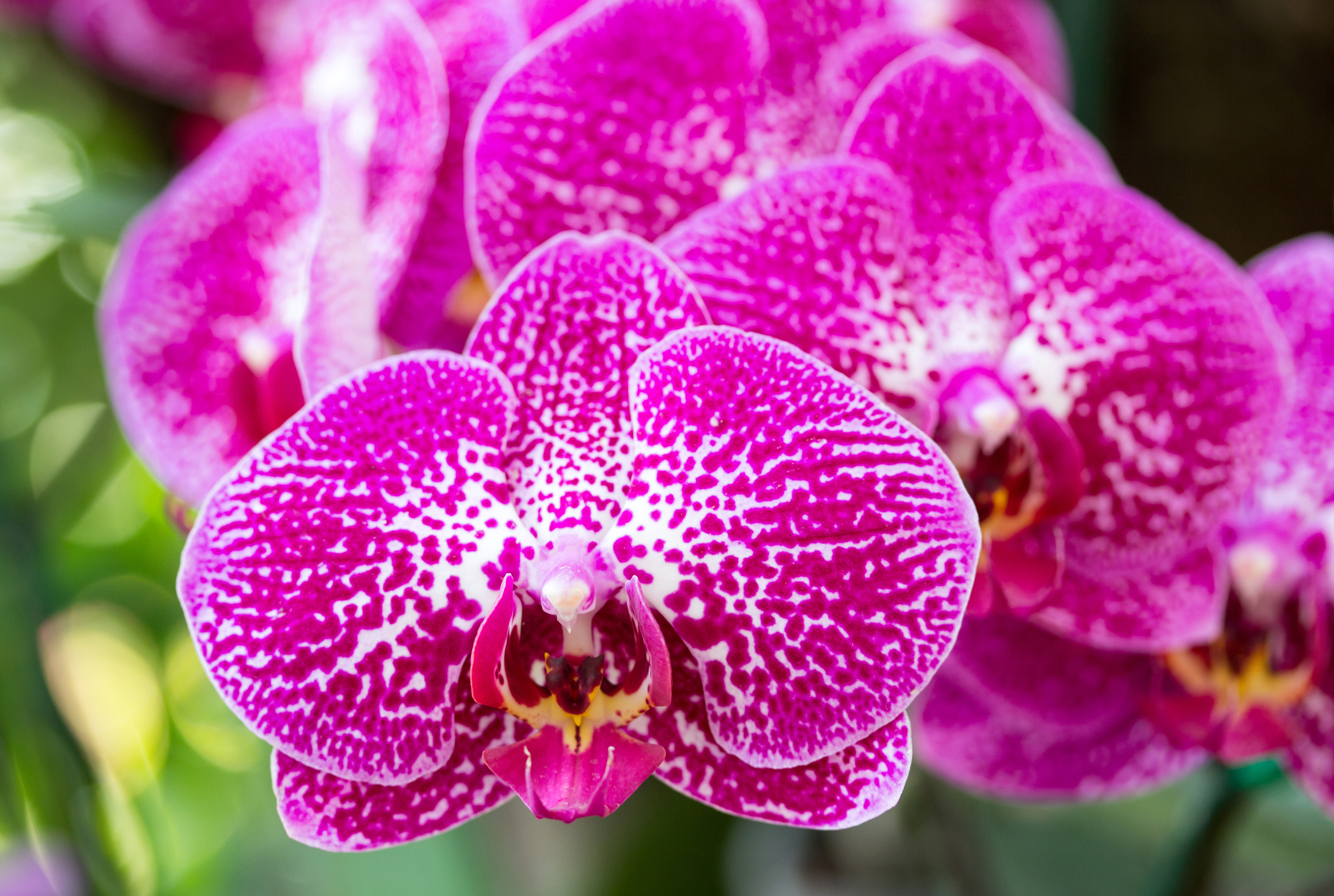



Flowers In The Amazon Rainforest
The Amazon River Basin is also the home to many fabulous aquatic plants that greatly enhance aquariums, and these plants are uniquely suited to the special water andA OneofaKind Habitat Amazon River Forest portrays an Amazon tributary at the beginning stage of its seasonal flooding into the surrounding forestDuring this time, rivers overflow their banks and water rises 10 to 40 vertical feet, creating a unique, seasonal habitat for an incredible diversity of animalsThe unpredictability of an Amazon downpour In the Amazon River Basin, rainfall follows a seasonal pattern, and there is a great difference in precipitation from one place to the other, even within the centre of the basin 12 For example, the city of Iquitos in Peru, along the Amazon River, receives an average of 2,623 mm of rain per year, while Manaus in Brazil, receives 1,771 mm and
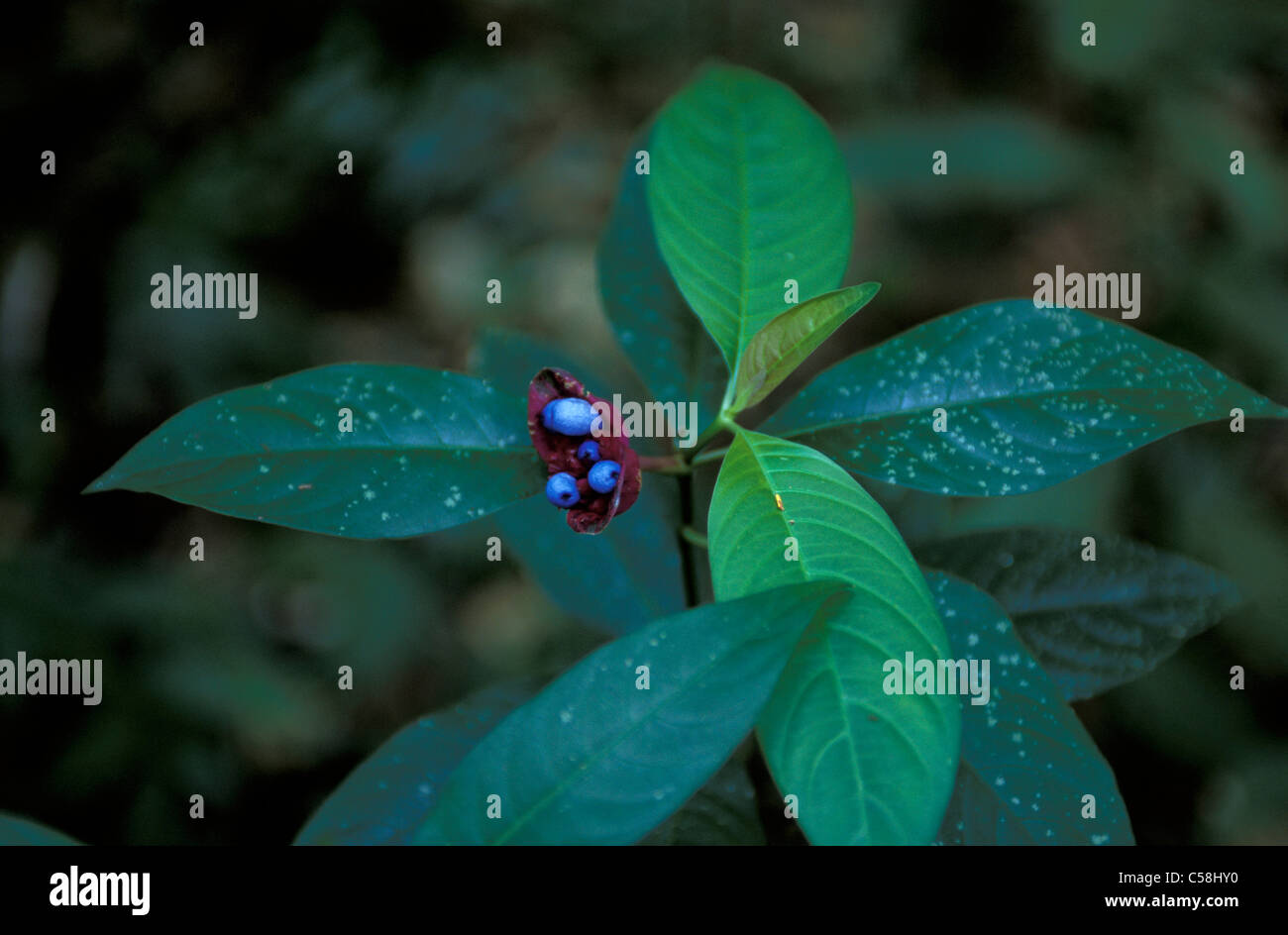



Tropical Plant Rain Forest Amazon River Basin Manaus Brazil South America Stock Photo Alamy
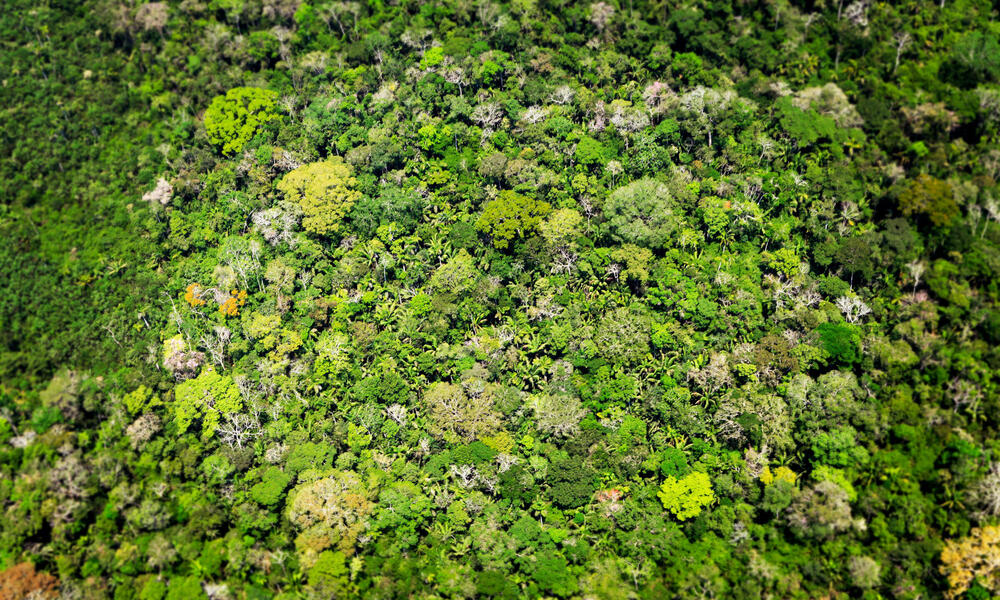



What Animals Live In The Amazon And 8 Other Amazon Facts Stories Wwf
The Amazon River Basin Geography & Climate What exactly is the Amazon River basin?Amazon Rainforest, large tropical rainforest occupying the Amazon basin in northern South America and covering an area of 2,300,000 square miles (6,000,000 square km) It is the world's richest and mostvaried biological reservoir, containing several million speciesThe Amazon River basin is the area that drains water into the Amazon, The plants (or flora) and animals (or fauna) in the Amazon River basin are among the most diverse in the world The year
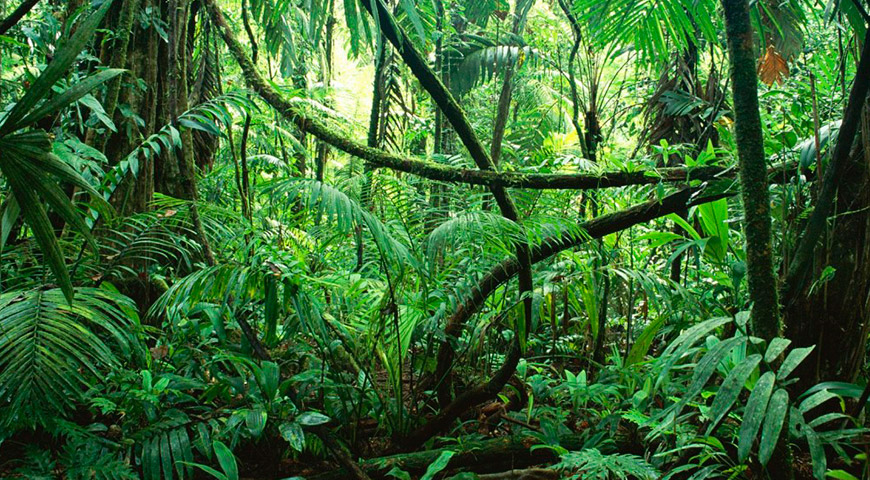



Amazing Plant Life Of The Amazon Jungle Amazon Cruises
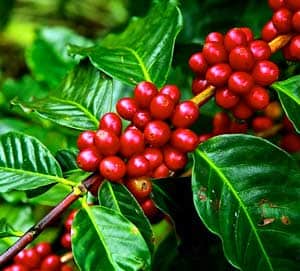



Best 18 Amazon Rainforest Plants Flowers Updated Rainforest Plants
The Amazon Basin just got a little bit safer Dallas Krentzel (Flickr/Creative Commons) Covering nearly three million square miles and home to indigenous people as well as millions of plants andThe Amazon rainforest, alternatively, the Amazon jungle or Amazonia, is a moist broadleaf tropical rainforest in the Amazon biome that covers most of the Amazon basin of South America This basin encompasses 7,000,000 km 2 (2,700,000 sq mi), of which 5,500,000 km 2 (2,100,000 sq mi) are covered by the rainforestThis region includes territory belonging to nine nations and 3,344The Amazon river is home to thousands of unique species of flora and fauna As a result, the Amazon river has been home to many wonderful civilizations like ancient Mayans and the Incas etc Let's throw a light on the various features of the Amazon basin The Climate Amazon basin is situated in the equatorial region which is hot and humid




Amazon Rainforest The Natural Vegetation
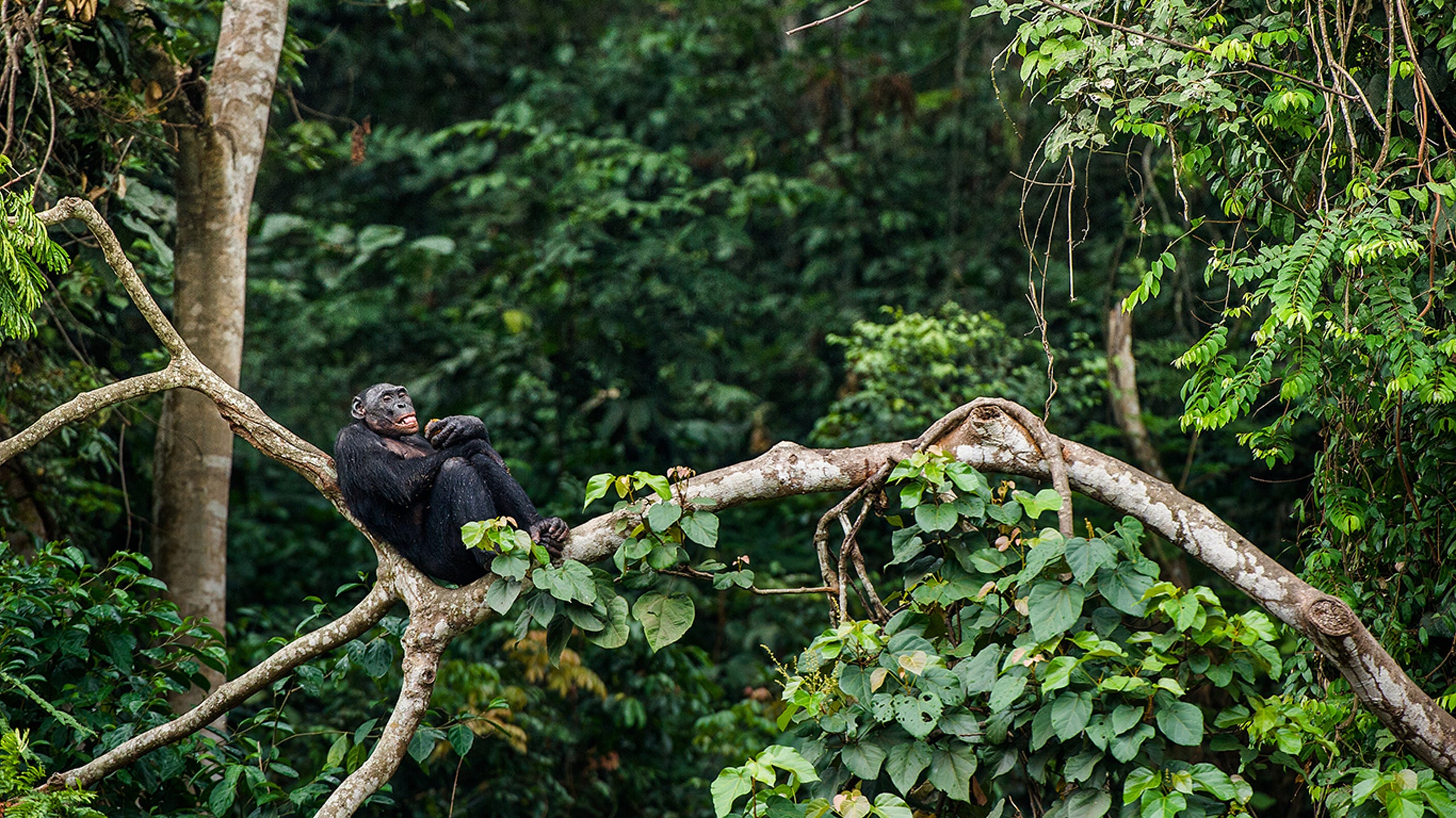



Amazon Daintree Congo Basin The Largest Rainforests In The World
The item Amazon basin plant life, wildlife and environment, Nicolás Rojas and Rafael Prieto, editors represents a specific, individual, material embodiment of a distinct intellectual or artistic creation found in Missouri University of Science & Technology LibraryDuring the dry season freshwater marshes greatly contract though many herbaceous species survive the dry phase rooted in the soil The floating meadows found in whitewater floodplain marshes are among the most productive aquatic habitats in the Amazon Basin They are also biologically important for many vertebrate and invertebrate animal speciesPlants may be as high or even higher than those emitted through fossil fuel burning Amazon River basin impacts of new river geomorphic and flow parameterizations




Amazon Rainforest Wikipedia
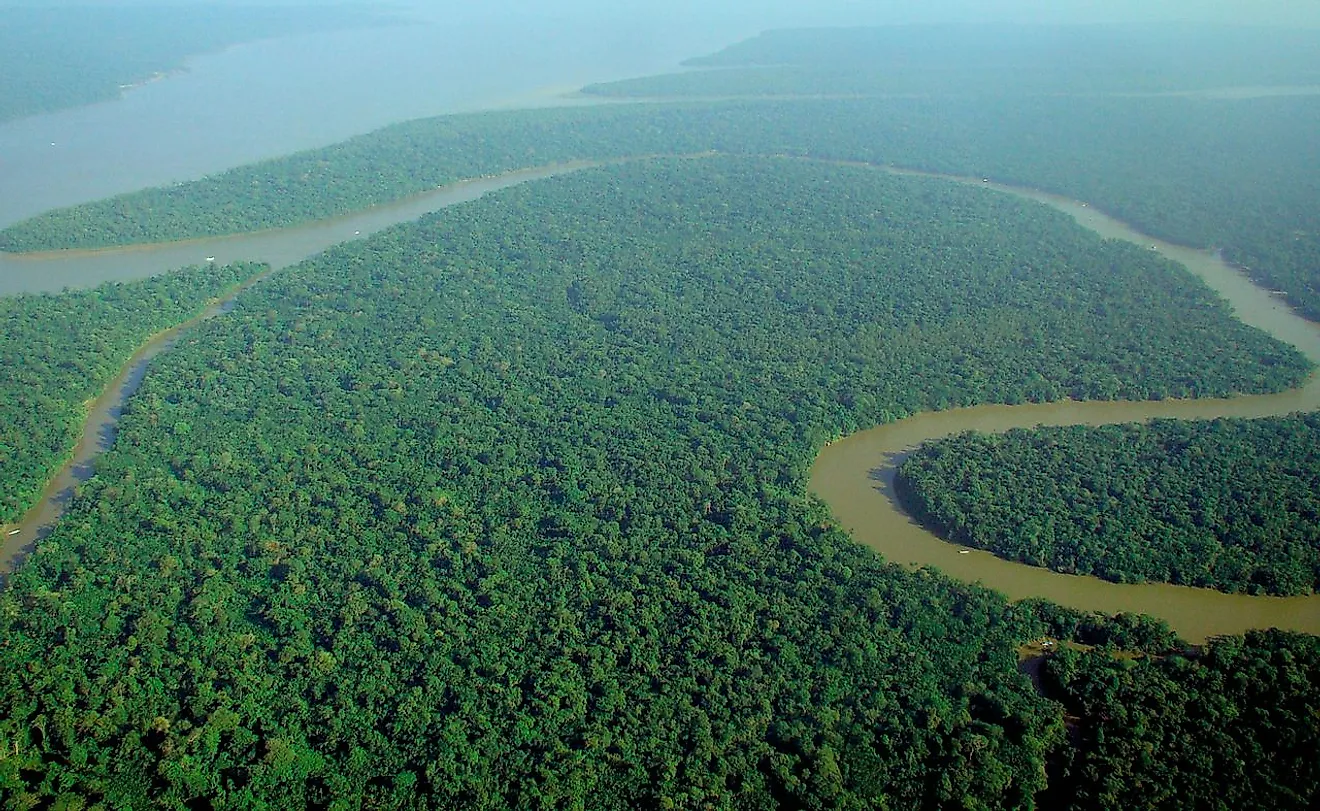



Countries Sharing The Amazon Rainforest Worldatlas



0 件のコメント:
コメントを投稿